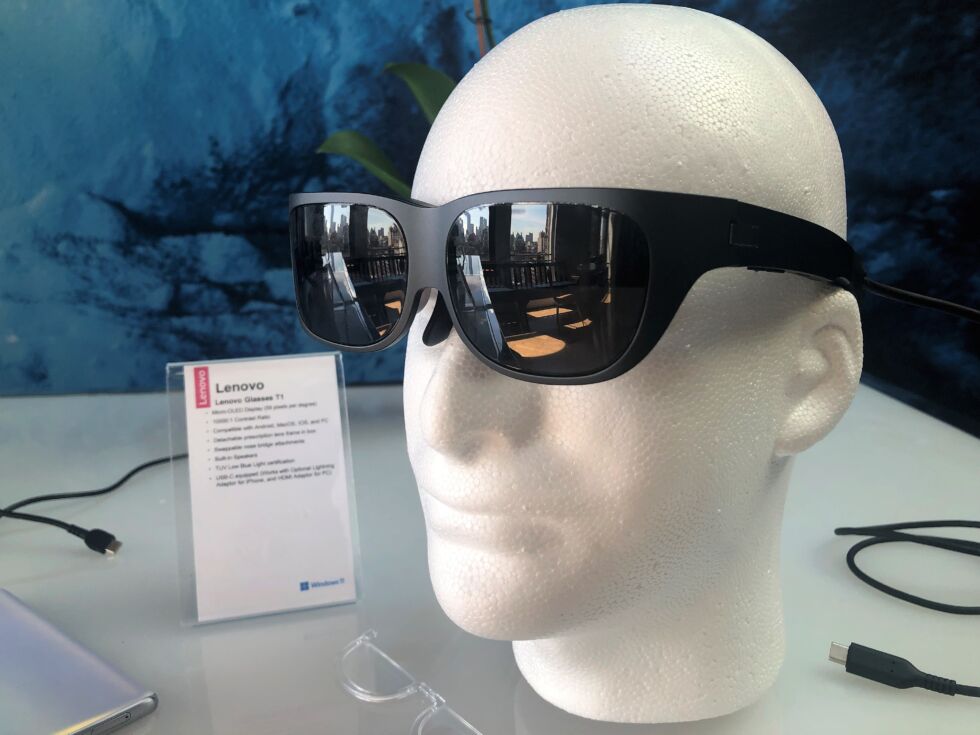-
 chevron_right
chevron_right
Even people who bought Meta’s Ray-Ban smart glasses don’t want to use them
news.movim.eu / ArsTechnica · Thursday, 3 August, 2023 - 22:22

Even the people who spent money on Meta's Ray-Ban "Stories" smart glasses don't want to use them. That's according to a report this week from the Wall Street Journal ( WSJ ), citing internal data and claiming to detail the letdowns that led to hundreds of thousands of Stories gathering dust.
Meta (then called Facebook) released Ray-Ban Stories in 2021. The company's first mass-market smart glasses include a Snapdragon chip, two 5 MP front-facing cameras for snapping pictures or video, and speakers for listening to audio. Ray-Ban branding comes courtesy of the glasses' partnership with Ray-Ban parent company EssilorLuxottica (which also makes Oakleys and claims numerous luxury brands, including Burberry, Prada, Swarovski, and Tiffany & Co.).
But according to a February corporate document WSJ says it saw, under 10 percent of Ray-Ban Stories ever purchased are in active use. The publication reported that Meta sold 300,000 Stories, but there are just 27,000 monthly active users of the product.



